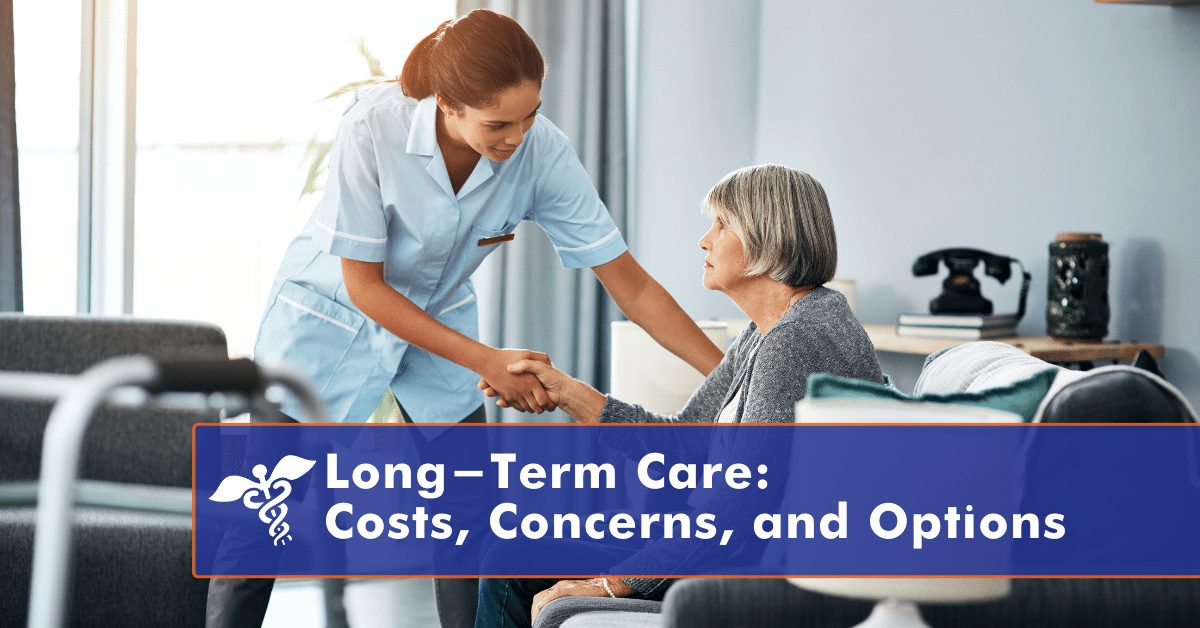
Business Process Reengineering Plan
Expecting to live alone and unaided well into her 100s, Betty, my 90-year-old neighbor, quickly realized that this would no …


Expecting to live alone and unaided well into her 100s, Betty, my 90-year-old neighbor, quickly realized that this would no longer suffice after shattering both of her kneecaps in a car accident at the McDonald’s drive through.
When the ambulance came to take her to the hospital, she declined treatment and asked for a ride back to her home. Disgruntled, the emergency workers brought her home, only to be called four hours later asking to be taken to the hospital. At the hospital she was treated for three days and later sent to a long-term care facility for the indefinite future. Unfortunately for Betty, shattered kneecaps do not easily heal and do so especially slowly at an advanced age. The doctor said she may never walk again.
The first question you might ask is, “Why did Betty resist treatment and long-term care with such passion?” There are a multitude of reasons, like having recently left a long-term care facility for a broken hip, but most specifically she was concerned about
The Medicare program provides coverage for rehabilitation—but not long-term care. If an individual has spent at least three days in a hospital for medically necessary care, Medicare will pick up a large percentage of the bill for up to 100 days of convalescent care immediately following discharge. If needing continuing care after the initial 100 days, you need to pay 100% of costs for each day you stay in the facility.
Some average costs for long-term care in the United States (in 2010) were: $205 per day or $6,235 per month for a semi-private room in a nursing home. $229 per day or $6,965 per month for a private room in a nursing home. $3,293 per month for care in an assisted living facility (for a one-bedroom unit).
Once you have exhausted your personal funds/assets after paying for the high expenses of long-term care, only then will Medicaid kick in. In many states, Medicaid does not even cover room and board. Additionally, Medicaid funded long-term care facilities may not be up to the standards of many. It is also extremely distressing for patients in long-term care facilities to run out of funds, and subsequently have to be transferred to a Medicaid sponsored facility. According to some studies, patients are between 5 and 8 times more likely to die faster as a result of an involuntary transfer. 65% of residents died within one year of being admitted to nursing homes.
This is why it is important to consider planning and saving for your future. Things like long-term care insurance, life insurance, reverse mortgages are all things to consider. According to one national study of the approximately 2.2 million individuals turning 65 annually, about 900,000 will be admitted to a nursing home. A similar study found that one quarter of all Americans 65 and older will spend at least one year in a long-term care facility.
For Betty, facing these costs are a real concern. Having little money saved, her only option to live-out the rest of her life in a long-term care facility would eventually deplete her savings and assets.
Senior citizens fear moving into a nursing home and losing their independence more than death, according to a new research study, “Aging in Place in America.” Seniors also rated loss of independence (26%) and moving out of home into a nursing home (13%) as their greatest fears. People living in a nursing home consider their self-determination at risk because they feel dependent on the daily nursing care process. Waiting for help and support is experienced as a feeling of powerlessness. In addition, the nursing home residents experience a feeling of having no place to call home, as there are no private rooms available in nursing homes. The boundaries between public and private spheres in the nursing home are seen as blurred in contrast to the clear boundaries that characterize the domestic home.
In addition to loss of independence, many are resistant to leave behind what they know and hold dearly, such as: possessions, family, neighbors, house, car, etc. These are the things in life that make us comfortable. Loss of comfort in a long-term care facility is a major concern for many. 89% of seniors want to age in place – or grow older without having to move from their homes – and more than half (53%) are concerned about their ability to do so.
For Betty, the idea of staying in her own home surrounded by her own belongings has always been the most ideal way to live out the rest of her life. Never having faced the statistics of her future need of long-term care, this is something that may not happen due to the nature of her injury.
For Betty, long-term care facility acquired illnesses are a real threat. The last time she was admitted, she developed a pneumonia. This is just another reason she was so resistant to care after her initial injury.

In addition to NHAP, there are many other types of infections spread in these long-term care facilities. Some of these are: Norovirus, Clostridium Difficile, Escherichia coli, Salmonella, and MRSA. It is estimated that within the 1.5 million people who live in 16,000 nursing homes in the USA experience an average of 2 million infections a year. Infections have been associated with high rates of morbidity and mortality, re-hospitalization, extended hospital stay and substantial healthcare expenses. Emerging infections and antibiotic-resistant organisms in an institutional environment where there is substantial antimicrobial overuse and the population is older, frailer and sicker, create unique challenges for infection control.
Outbreaks of infectious diseases can decimate resident populations in nursing home facilities. For example, Morens and Rash reported an outbreak of influenza A infection in a 37-bed unit of a 5-ward nursing home in Honolulu, Hawaii, that affected 28% of exposed residents, even though 92% of residents had received influenza vaccine prior to the outbreak. Moreover, 6 (55%) of 11 infected residents died of their illness.
Another question you might have is, “What are some options for someone who needs long-term care, but doesn’t want to live in a long-term care facility?
The growing demand for long-term care and the strain on government budgets is making it necessary to look toward other options for care. As the baby boomer generation ages, long-term care delivery must move away the traditional institutionalized care of the past and move towards a home type setting. Looking to retain their independence, baby boomers want to stay in their current home or move to an assisted living setting that offers the care when needed.
Long-term care provides a variety of services employed to meet the needs of individuals who are disabled or who have a chronic illness and are unable to provide all of the care they need. Who will provide these services? Long-term care can come from family members, friends, or neighbors who are unpaid.
Adult day services are comprehensive programs specially tailored to adults who need supervision and
Home health care include a variety of health care services that can be given in your home and is generally used by individuals with an illness or injury. Home health care helps an individual regain independence through part-time or intermittent skilled nursing care, physical therapy, occupational therapy, and/or speech therapy.
Home care services are typically provided by home care organizations. There are a variety of home care organizations, including Medicare certified home health care agencies, Visiting Nurse Agencies (VNAs); hospices; area agencies on aging, homemaker agencies; staff and private duty nursing agencies. Other companies may be utilized to deliver specialized services and products such as medical equipment and supplies, pharmaceuticals, and drug infusion therapy.
 Retirement Communities
Retirement CommunitiesSenior independent living communities cater to seniors who are very independent with few medical problems. Residents live in fully equipped private apartments. A variety of apartment sizes are available from studios to large two bedrooms. Fine dining services are offered with custom-designed meal packages. Often, residents can choose to pay for a specified number of meals per day. Frequently, there are numerous social outings and events to choose from for entertainment. There are also various safety provisions put in place for the health and well-being of the residents.
Resources
https://www.alfa.org/alfa/Senior_Living_Options.asp
https://www.medicare.gov/what-medicare-covers/home-health-care/home-health-care-what-is-it-what-to-expect.html
https://www.nolo.com/legal-encyclopedia/when-will-medicaid-pay-nursing-home-assisted-living.html